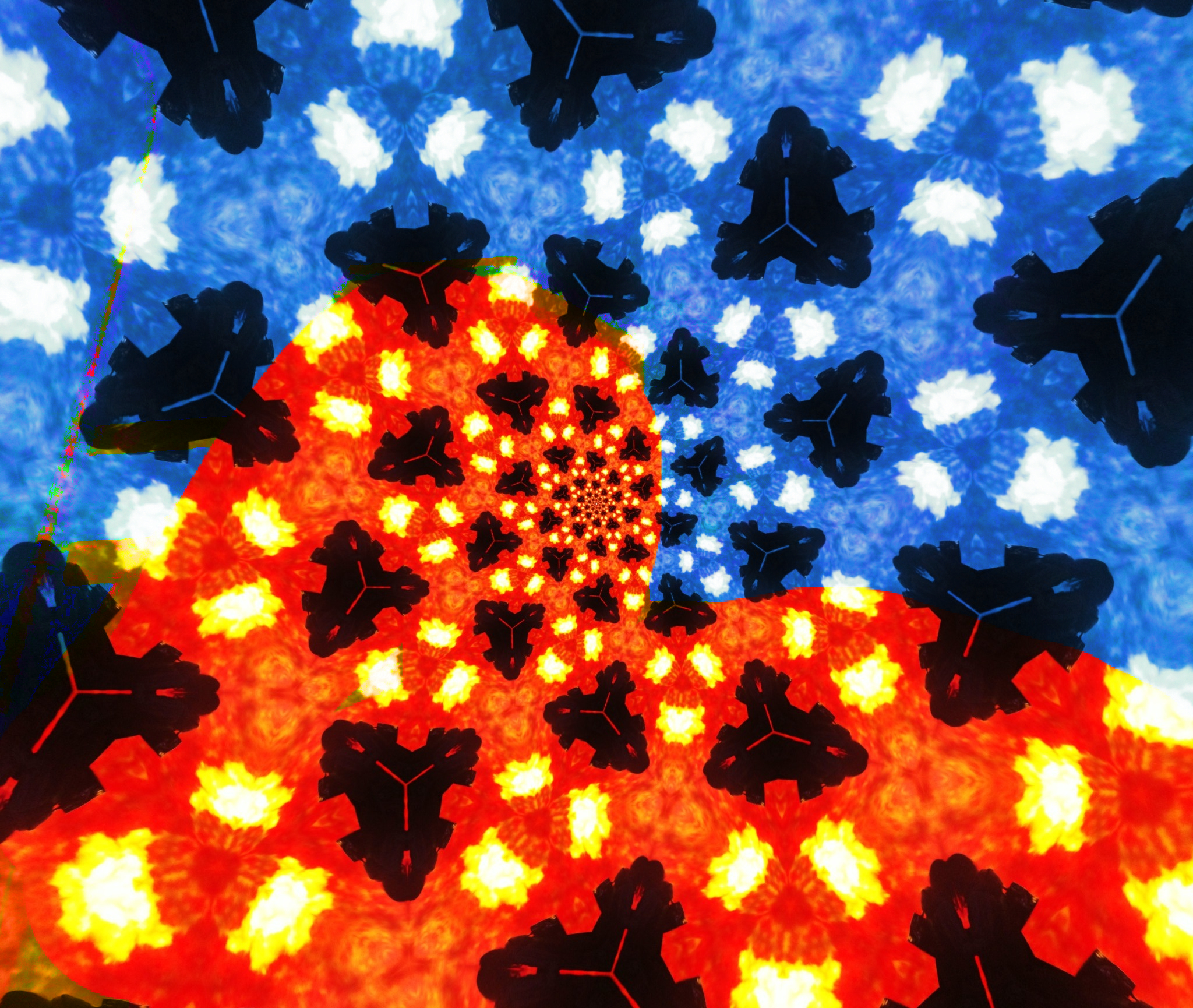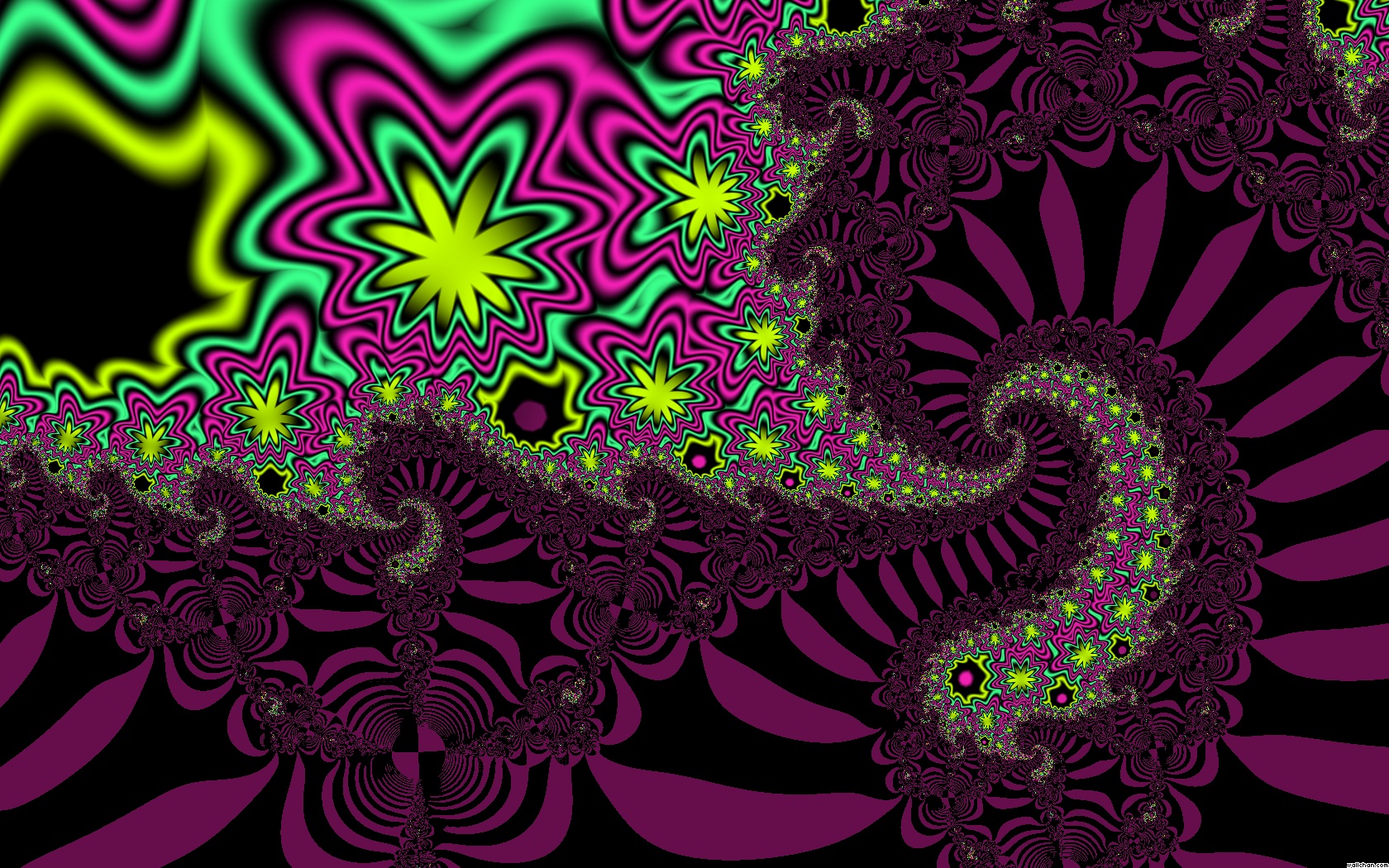
When her husband arrives home, the narrator refuses to unlock her door. Believing she must free the woman in the wallpaper, she begins to strip the remaining paper off the wall. Eventually, she comes to believe that a woman is creeping on all fours behind the pattern. She soon begins to see a figure in the design.

With no stimulus other than the wallpaper, the pattern and designs become increasingly intriguing to the narrator. She describes how the longer one stays in the bedroom, the more the wallpaper appears to mutate, especially in the moonlight. The narrator devotes many journal entries to describing the wallpaper in the room – its "sickly" color, its "yellow" smell, its bizarre and disturbing pattern like "an interminable string of toadstools, budding and sprouting in endless convolutions," its missing patches, and the way it leaves yellow smears on the skin and clothing of anyone who touches it. The story makes striking use of an unreliable narrator in order to gradually reveal the degree to which her husband has "imprisoned" her due to her physical and mental condition: she describes torn wallpaper, barred windows, metal rings in the walls, a floor "scratched and gouged and splintered," a bed bolted to the floor, and a gate at the top of the stairs, but blames all these on children who must have resided there.

They spend the summer at a colonial mansion, where the narrator is largely confined to an upstairs nursery. He imposes a rest cure on her when she suffers "temporary nervous depression" after the birth of their baby. The story describes a young woman and her husband. As the reader continues through the journal entries, they experience the writer's gradual descent into madness with nothing better to do than observe the peeling yellow wallpaper in her room. As a form of treatment, the husband forbids the journal writer from working or writing, and encourages her to eat well and get plenty of air so that she can recuperate from what he calls a "temporary nervous depression – a slight hysterical tendency", a common diagnosis in women at the time. Forgoing other rooms in the house, the couple moves into the upstairs nursery. The journal was written by a woman whose physician husband has rented an old mansion for the summer. The story is written as a collection of journal entries narrated in the first person.

It is also lauded as an excellent work of horror fiction. It is regarded as an important early work of American feminist literature for its illustration of the attitudes towards mental and physical health of women in the 19th century. A Story") is a short story by American writer Charlotte Perkins Gilman, first published in January 1892 in The New England Magazine. " The Yellow Wallpaper" (original title: "The Yellow Wall-paper. Cover of a 1901 edition of The Yellow Wallpaper


 0 kommentar(er)
0 kommentar(er)
